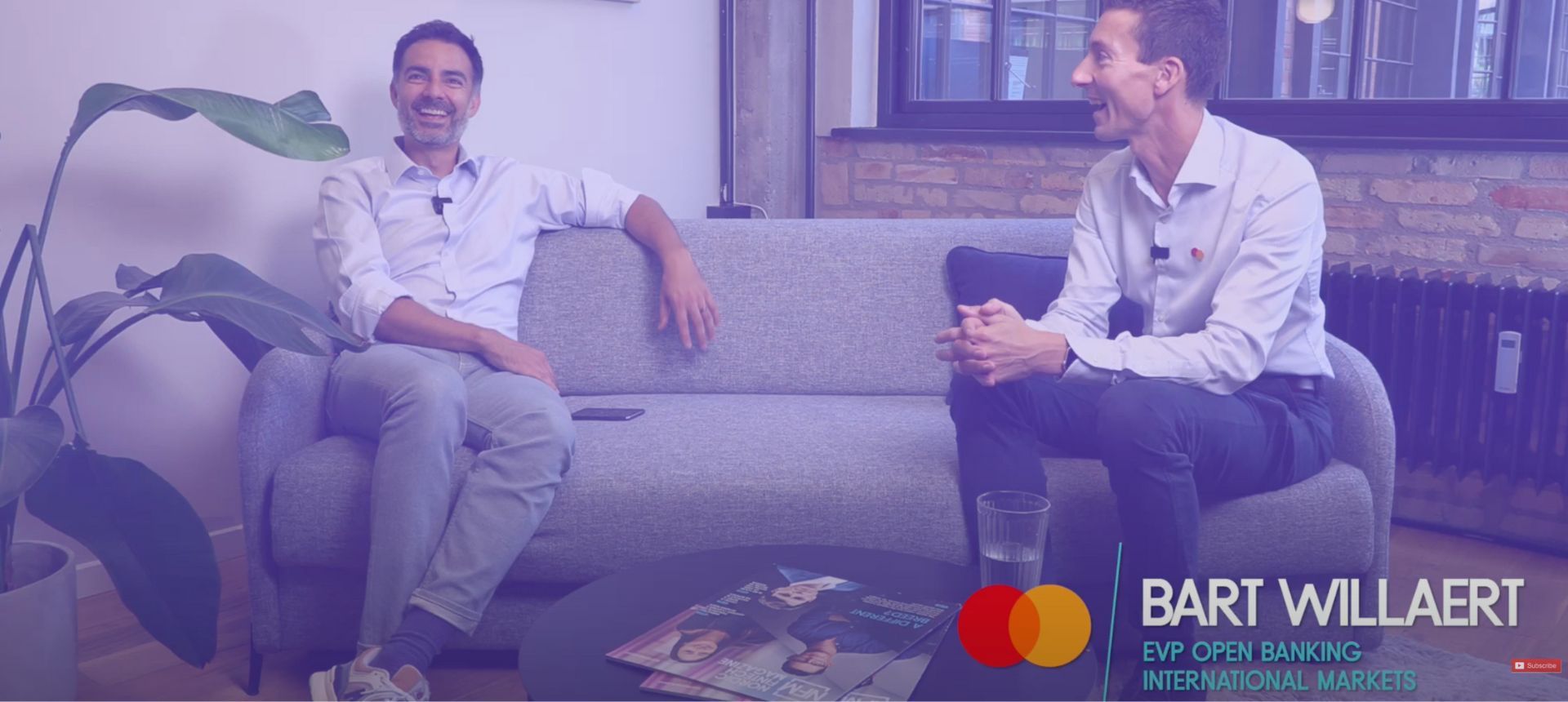
Combining data and payments for a better digital experience
May 04, 2023 | Louise Basse
There’s no doubt that open banking payments offer a powerful way for merchants to create seamless payment flows, reduce costs, and boost conversion rates.
But combining those benefits with open banking data empowers even more exciting opportunities to build insightful and convenient customer experiences, explains our Head of Payments, Katharina Luschnik, in an inspiring interview with FinExtra TV.
Watch the full interview below and hear how open banking and embedded finance has impacted customer experience – or read key takeaways.
Mastercard has been an early advocate for open banking across Europe. What use cases are you seeing today and what specific opportunities can merchants take advantage of?
“Payments in general have seen quite an uptake when it comes to ecommerce checkout. We’re empowering a lot of ecommerce checkout solutions based on account-to-account payments. But a new use case for open banking is invoice payments. Whenever you intend to have an integrated payment solution via a payment link, open banking offers a great opportunity to empower embedded payment experiences for consumers.
We’re also seeing interesting use cases combining open banking payments and open banking data. For instance, getting insights in creditworthiness and liquidity from a consumer perspective, as well as doing account verification upfront before you do payments. When we combine data and payments, we see whole new opportunities – both from a merchant and consumer experience aspect.
Of course, one of the major advantages for merchants using open banking is that it reduces the level of fraud significantly. Due to PSD2 regulation, every payment undergoes strong customer authentication (SCA), which more or less guarantees that there is no fraud existing. On top of that, open banking is an instant payment method which also means instant settlements. That creates instant transparency for consumers which comes with a very nice customer experience. Open banking is brilliant for embedded payment experience which means that merchants can also reach much better conversion rates.”
What’s next for open banking capabilities then?
“There’s no doubt we’re all excited to see recurring payments coming soon. We already have pilot projects in the UK where subscription payments and recurring payments are empowered by open banking, and I think open banking will see a tremendous uptake again the next two years.

I also believe we will see a lot more on payouts and B2B payments empowered by open banking rails in the future. But most importantly, we will see a lot of data and payments use cases merged together. If you think about the buy now pay later (BNPL) use case for instance, getting insights on the consumer side and linking that with a payment schedule, open banking truly is a perfect match,” Katharina Luschnik concludes.
Want to know more about how you can combine data and payments capabilities with open banking? Reach out to us with your use case or head over to our open banking knowledge hub to see what others built with open banking.




